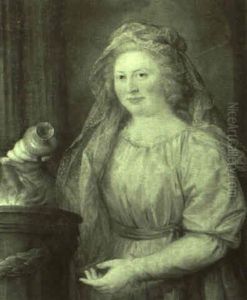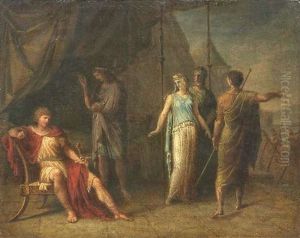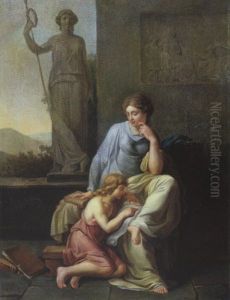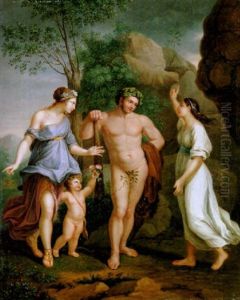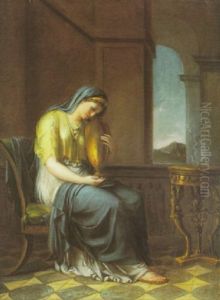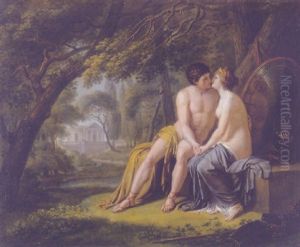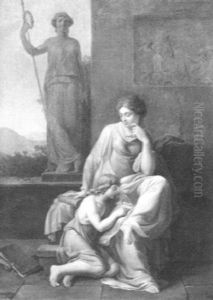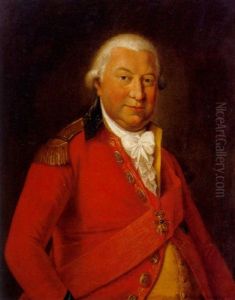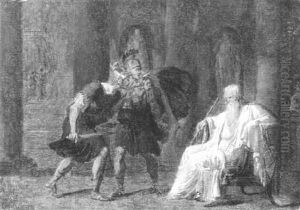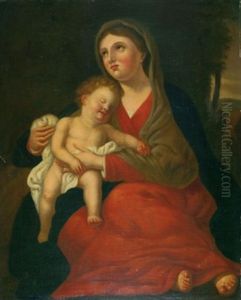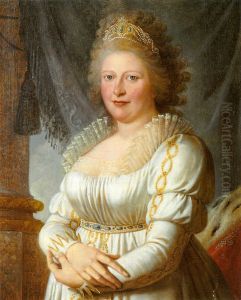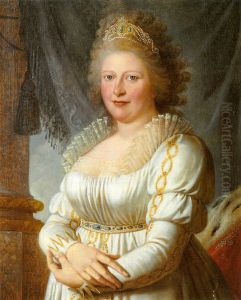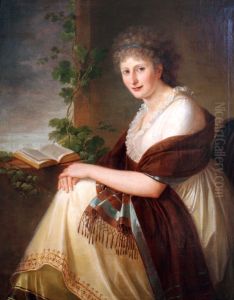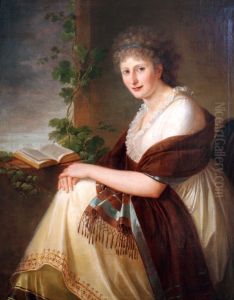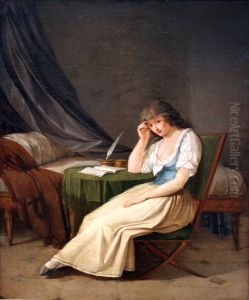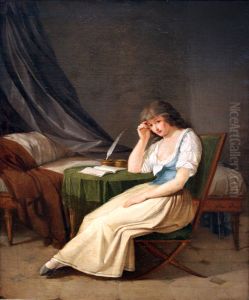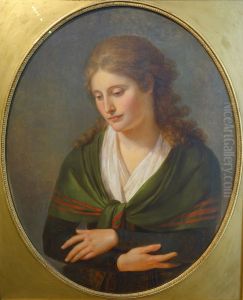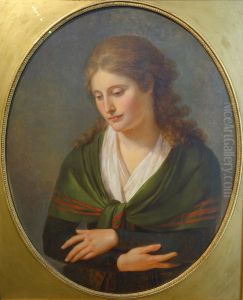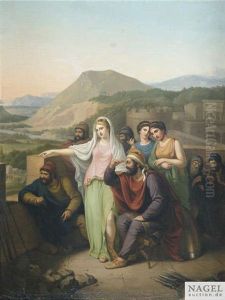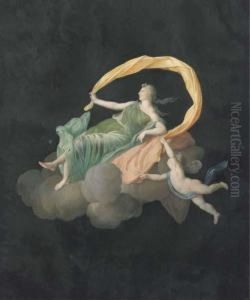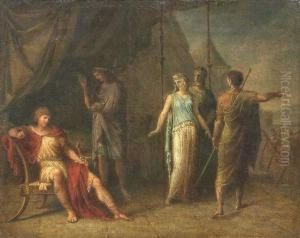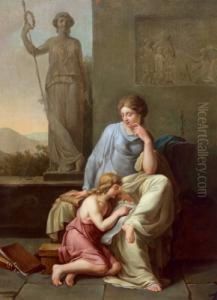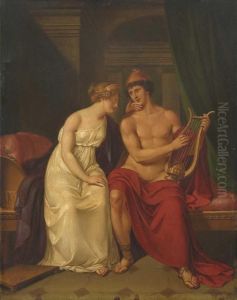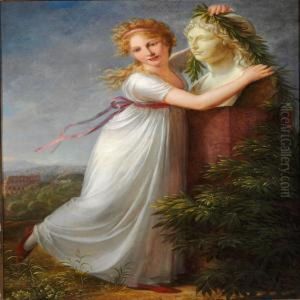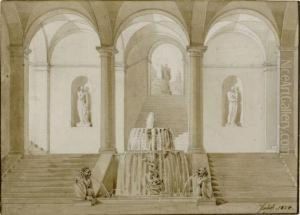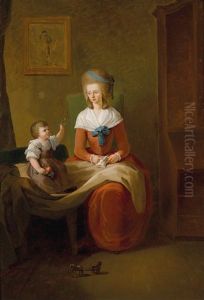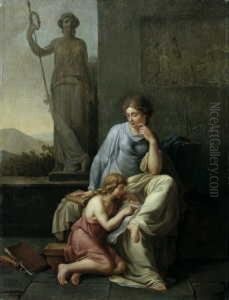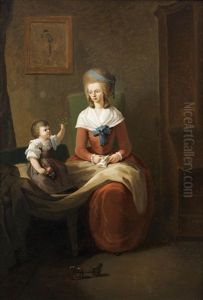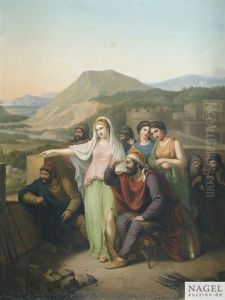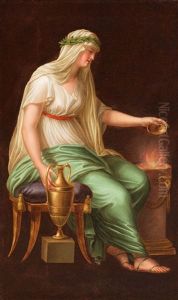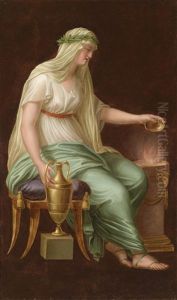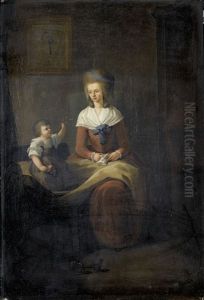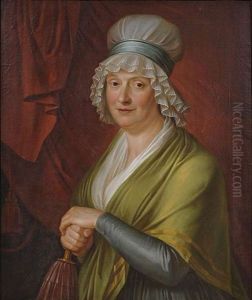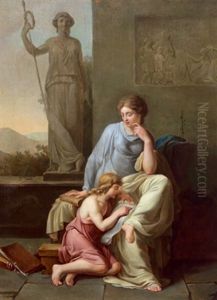Philipp Friedrich Von Hetsch Paintings
Philipp Friedrich von Hetsch was a German painter and artist born on February 10, 1758, in Stuttgart, then part of the Duchy of Württemberg. He is primarily known for his work in the neoclassical style, which was prevalent in the late 18th and early 19th centuries, mirroring the artistic movements that were taking place across Europe, particularly in France and Italy, where neoclassicism originated.
Hetsch was trained under the tutelage of Adam Friedrich Oeser in Leipzig, where he developed his artistic foundation. He later moved to Paris to further his education and skills, studying with renowned neoclassical painter Jacques-Louis David. David's influence is evident in Hetsch's work, particularly in his approach to form and composition.
After spending time in Paris, Hetsch returned to Stuttgart, where he became a court painter to the Duke of Württemberg. In this role, he produced numerous portraits and historical paintings, which were well-received and earned him a significant reputation. His work often reflected the ideals of neoclassicism, emphasizing harmony, clarity, and strong lines derived from the study of classical art and architecture.
Apart from his painting, Hetsch took on responsibilities as a teacher and became a professor at the Academy of Fine Arts in Stuttgart. His influence was felt not only through his paintings but also through his dedication to the education of the next generation of artists. He contributed to the development of arts in the region and helped to establish a more formalized structure for artistic education in Germany.
Philipp Friedrich von Hetsch passed away on September 17, 1838, in Stuttgart. Although he may not be as widely recognized as some of his contemporaries, his work remains an important part of the German neoclassical movement. His legacy is preserved through his contributions to art education and the pieces he left behind, which continue to be studied and admired for their adherence to neoclassical ideals and their reflection of the cultural and historical context of late 18th and early 19th century Germany.
